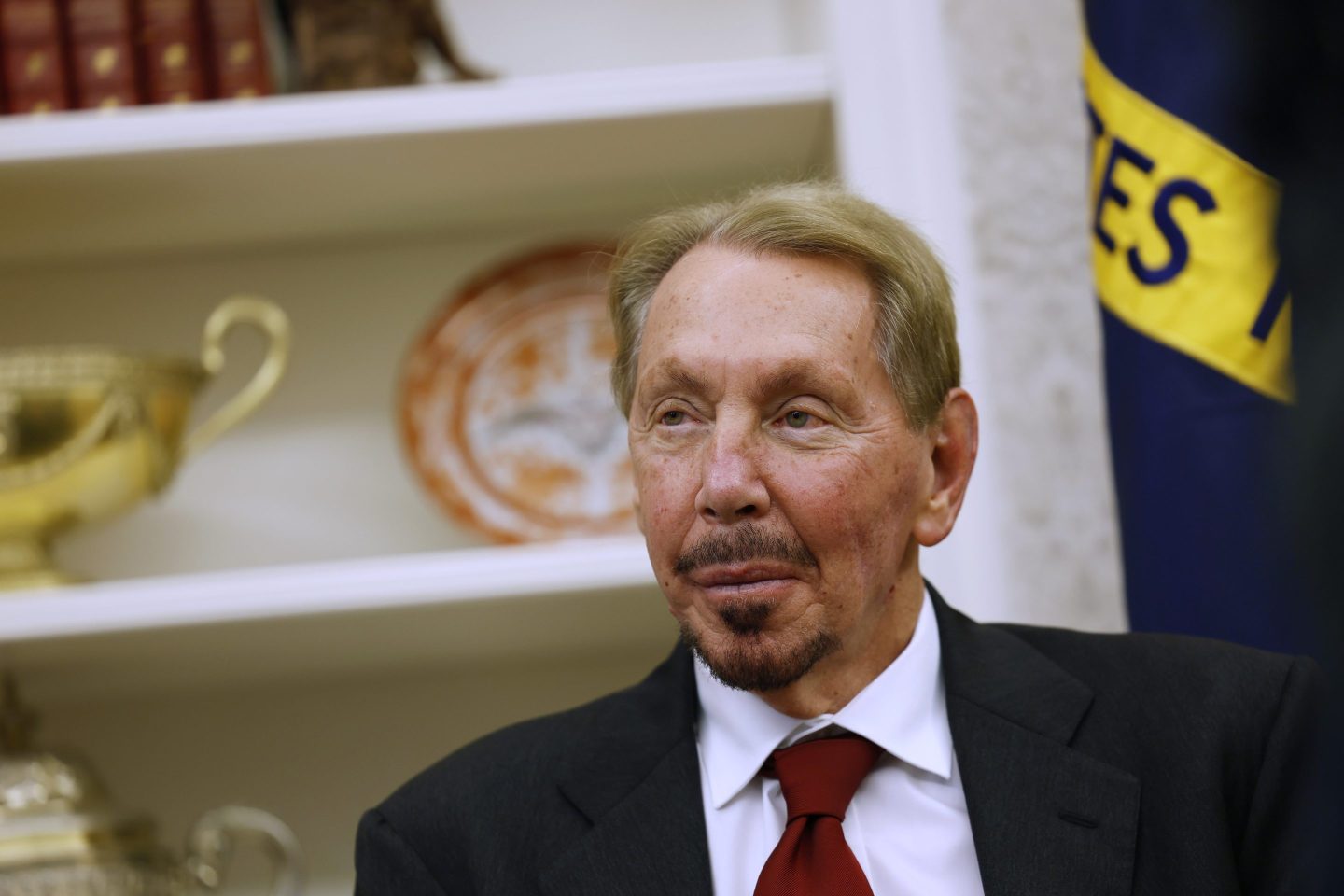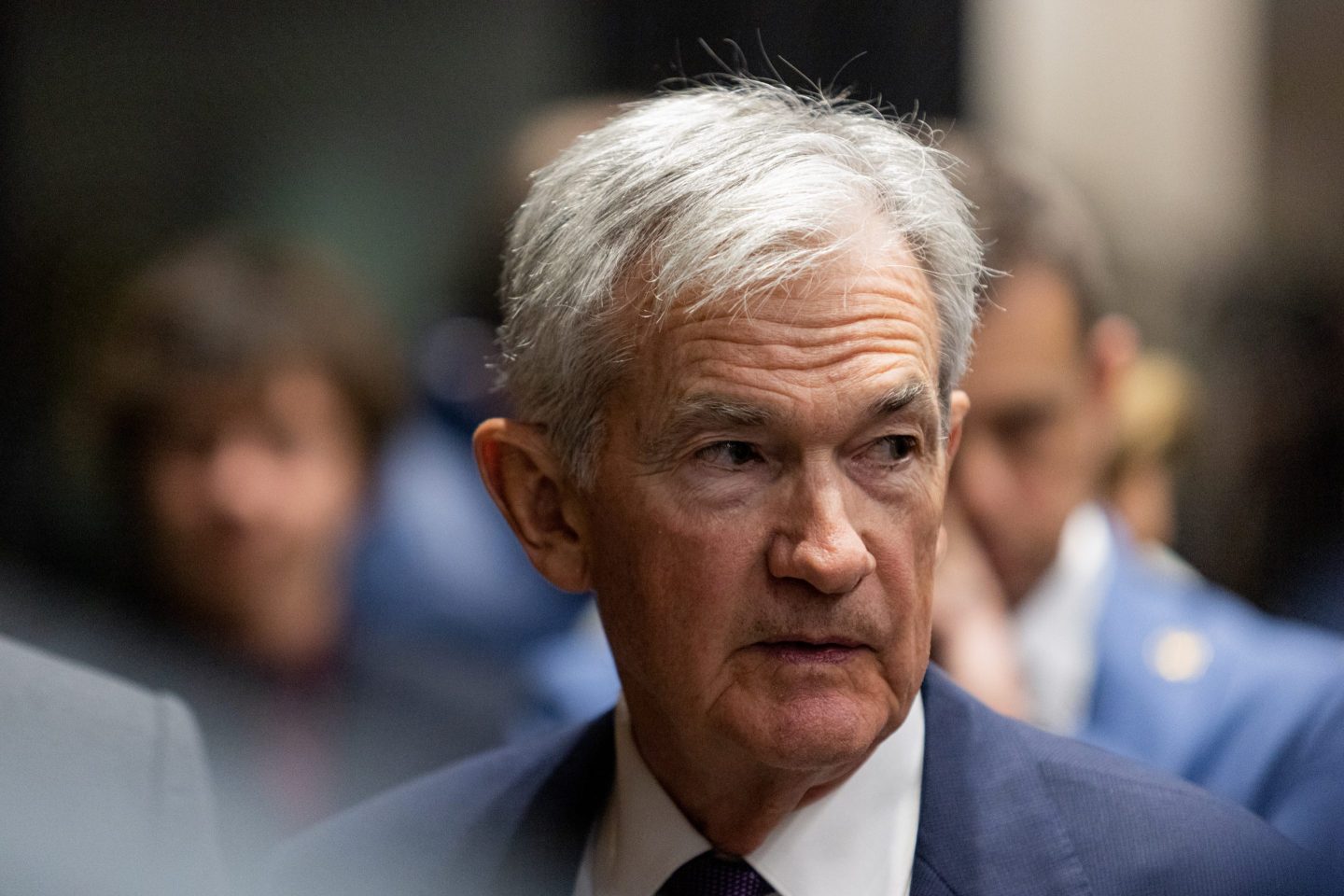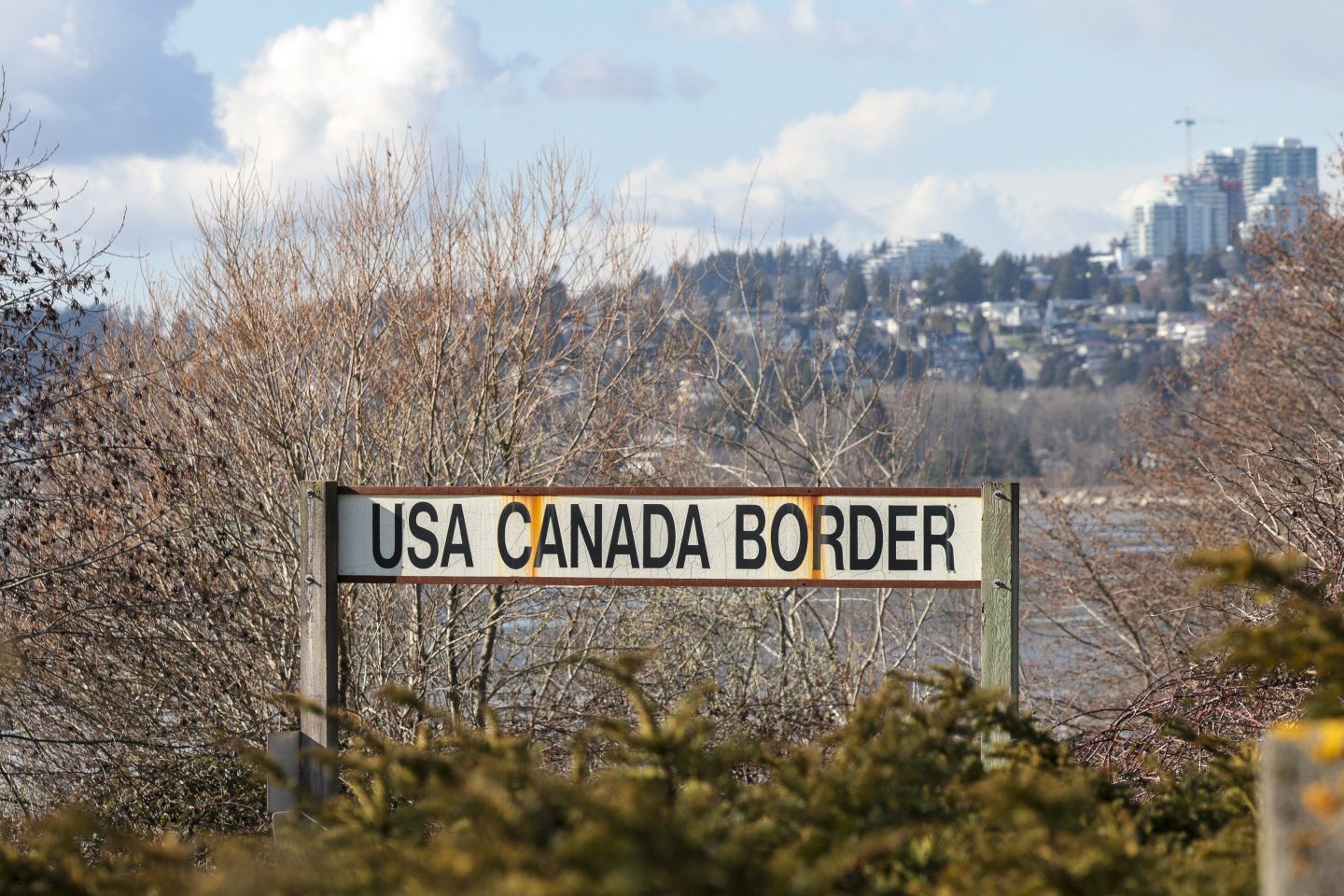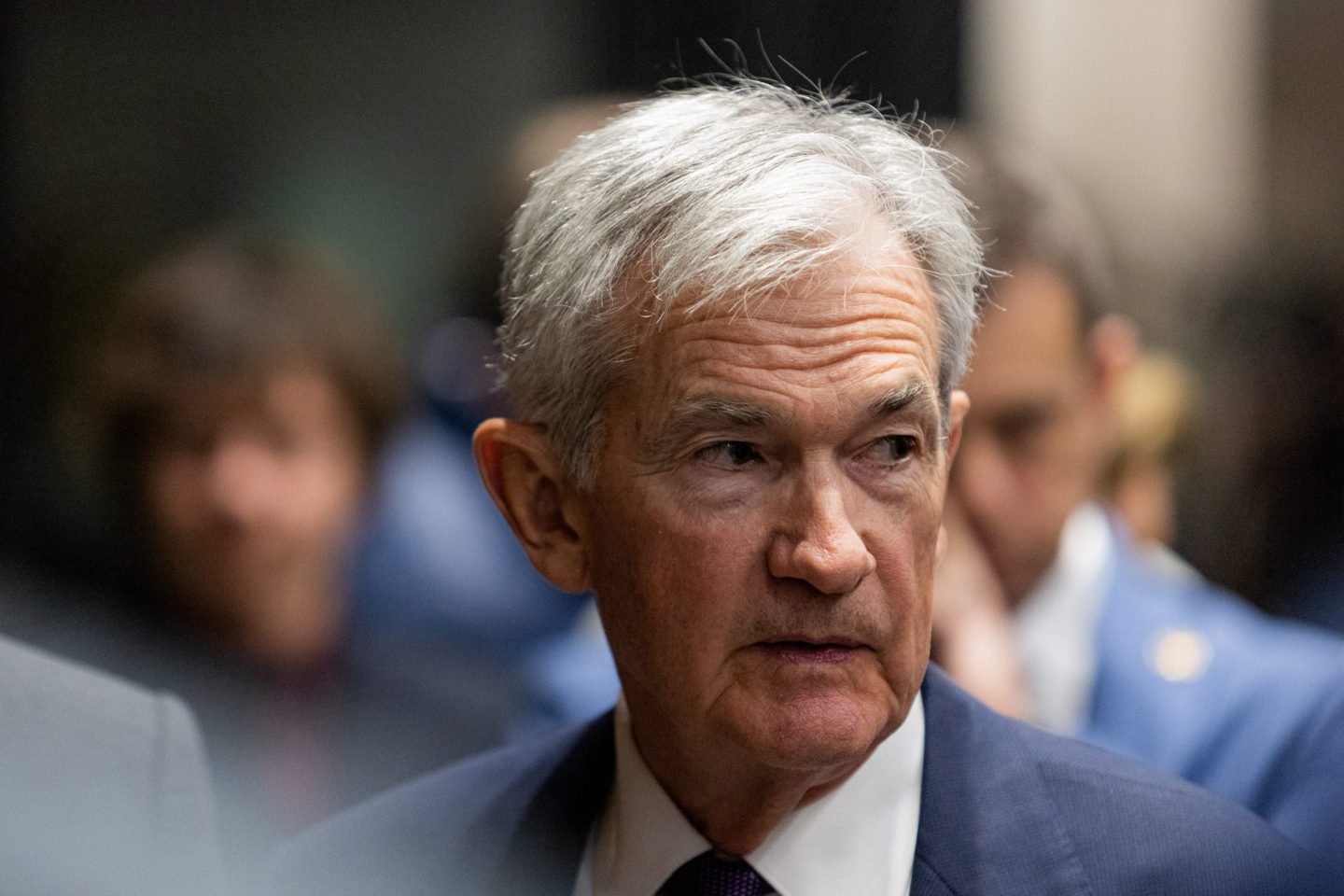The markets are volatile—and Wall Street’s most reliable barometer of panic has surged to levels not seen since April, when President Donald Trump’s sweeping “Liberation Day” tariffs triggered a global market meltdown.
The Cboe Volatility Index, known as the VIX, peaked at 27.8 on Thursday and closed the day around 26.3—its highest point since the tariff crisis sent it soaring above 50 earlier this year. The previous high, apart from April’s tariff-induced spike, was struck around mid-October when the VIX reached 25.31.
The latest increase represents a 50% jump in November alone, marking only the 11th month in history the fear gauge has risen that dramatically. On Friday, the VIX remained elevated but slipped 4% to 25.30.
Of tariffs and tech valuations
The VIX, for those unfamiliar, measures expected 30-day volatility in S&P 500 options, essentially tracking how much investors will pay to protect against market swings. Readings above 20 signal heightened anxiety; readings above 40 often mark crisis points. On April 8, the VIX peaked at 52.33 after Trump’s tariff announcement sent global markets into free fall.
Thursday’s spike stemmed from different issues. Wall Street is growing concerned about stock valuations, particularly among U.S. tech giants, as several firms are trading at price-to-earnings multiples last seen during the early 2000s dotcom bubble. Even Nvidia’s blockbuster earnings couldn’t calm nerves, as investors questioned whether AI-fueled gains had outpaced reality.
The Federal Reserve has added to the uncertainty. Fed Chair Jerome Powell’s recent statements suggest a pause in rate cuts. This shift removed a key support for risk assets that had helped markets rally 42% from their April lows.
After money markets priced in just a 40% chance of a December reduction, they now see 73% odds of one, helped by dovish comments from New York Fed President John Williams.
A short-lived scare?
To be clear, extreme VIX spikes rarely last. The April tariff crisis saw the VIX drop from above 50 to below 20 in less than 100 days—one of only four such rapid declines in history. Data shows that when the VIX jumps more than 50% in a month, the S&P 500 typically struggles initially but posts average gains of nearly 9.5% a year later, exceeding the historical annualized average of around 8%.
Still, the current environment differs from spring’s tariff scare. Then, markets crashed on a specific policy announcement. Now, investors face a confluence of broader industry trends and economic anxieties, including persistent concerns about an AI valuation bubble, monetary policy adjustments, and escalating geopolitical tensions.
For long-term investors, these spikes often create opportunity. But buying the dip can be a dangerous sport. The market must first find its footing in a landscape where tech valuations, interest rates, and geopolitical risks are creating a “perfect storm” of uncertainty.
For this story, Fortune used generative AI to help with an initial draft. An editor verified the accuracy of the information before publishing.












